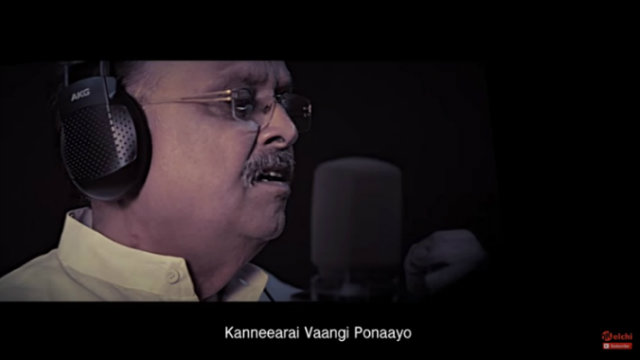What are the tools that you will need in order to successfully take the best nature photographs? If I had to sum it up, the five best strategies for nature photography would be the knowledge of your camera, understanding of the subject, light, composition of picture, and close-ups, especially for plants, flowers, insects and other microscopic things in nature.
Let us have a look at these major components while going for landscape photography.
Thorough Knowledge of Your Machine:
Playing with your camera is the best way to learn about your camera. It is important to understand the various settings of the camera, like macro, landscape, portrait, etc which are important for getting a great picture. Learning about correct camera settings, like quality mode, white balance, aperture, resolution, macro for close-ups, will help you get greater clarity in picture. Knowing your camera limitations also helps you to understand the photo restrictions, which will accompany you when you shoot a picture. For example, having a shorter lens can be a hindrance to you, when zooming on a subject.
Understanding of the Subject:
If you wish to get that perfect picture especially in case of animals and plants it is best to do some basic research on them. By gaining knowledge about their behavior and habitats you have a better chance of getting that perfect shot. Vasudha, an amateur nature photographer, says that she got some of the best blooms when she studied about the flowering time of the plants.
Understanding Light:
Light and their patterns play a very important role in the capture of nature photo shots. Having a brief understanding of light, shadows and texture before you embark on photography, helps in getting better pictures. Taking photos during the morning, or evening light can also help you avoid bright contrasts, and shadows. Bright sunlight can create deep shadows. You can avoid harsh sunlight by controlling the light with card pieces, which shade or reflect light to fill in shadows.






